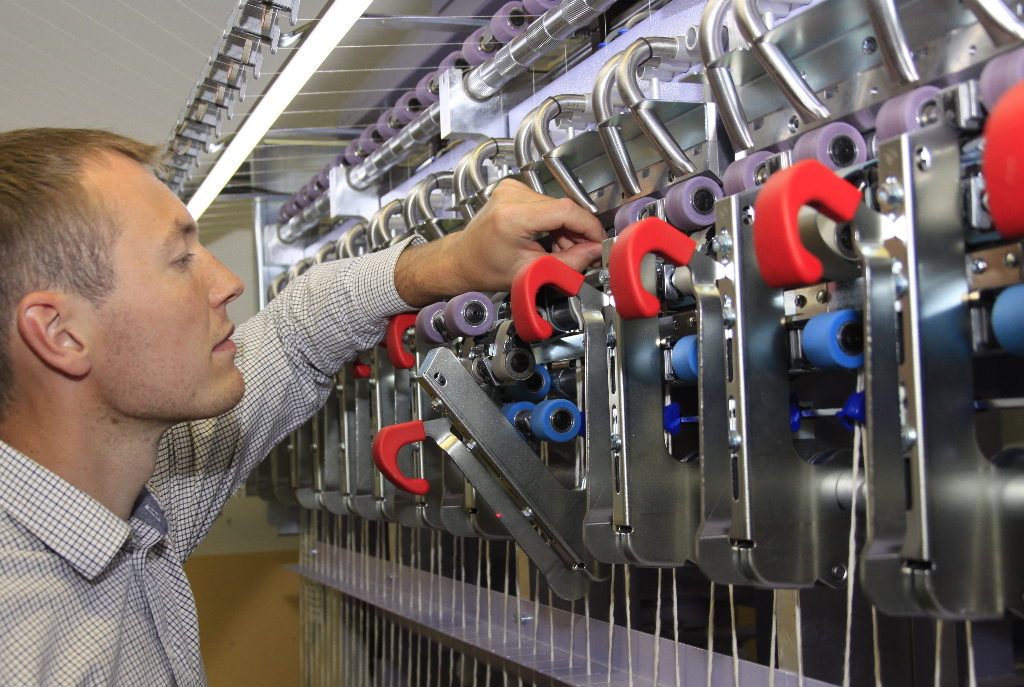
It all started with the idea of accelerating the textile manufacturing process by producing yarn directly at the knitting machine. The result is the revolutionary Corizon, which allows operators to develop and fine-tune yarn and material characteristics directly on the machine. It creates entirely new fabrics and garments that offer maximum wear comfort.
The processes of yarn production and industrial knitting themselves are nothing new. The first industrial spinning and knitting facilities appeared in the late 18th century. By 1871, Charles Terrot's company had already delivered its 500th circular knitting machine. Used to produce knitted underwear, these machines set new standards in quality and efficiency.
150 years later, Terrot is once again poised to revolutionize the field of textile production with its latest development, presented at the 2015 ITMA exhibition. By now, the original idea of shortening the textile manufacturing process has been surpassed by even more impressive benefits. "The new technology grants the stitcher much more freedom and puts him a lot closer to his customers' needs," explains Terrot managing partner Thomas Mutschler. With the Corizon yarn, he can directly control the properties of the finished fabric so it comes out exactly the way it is needed."
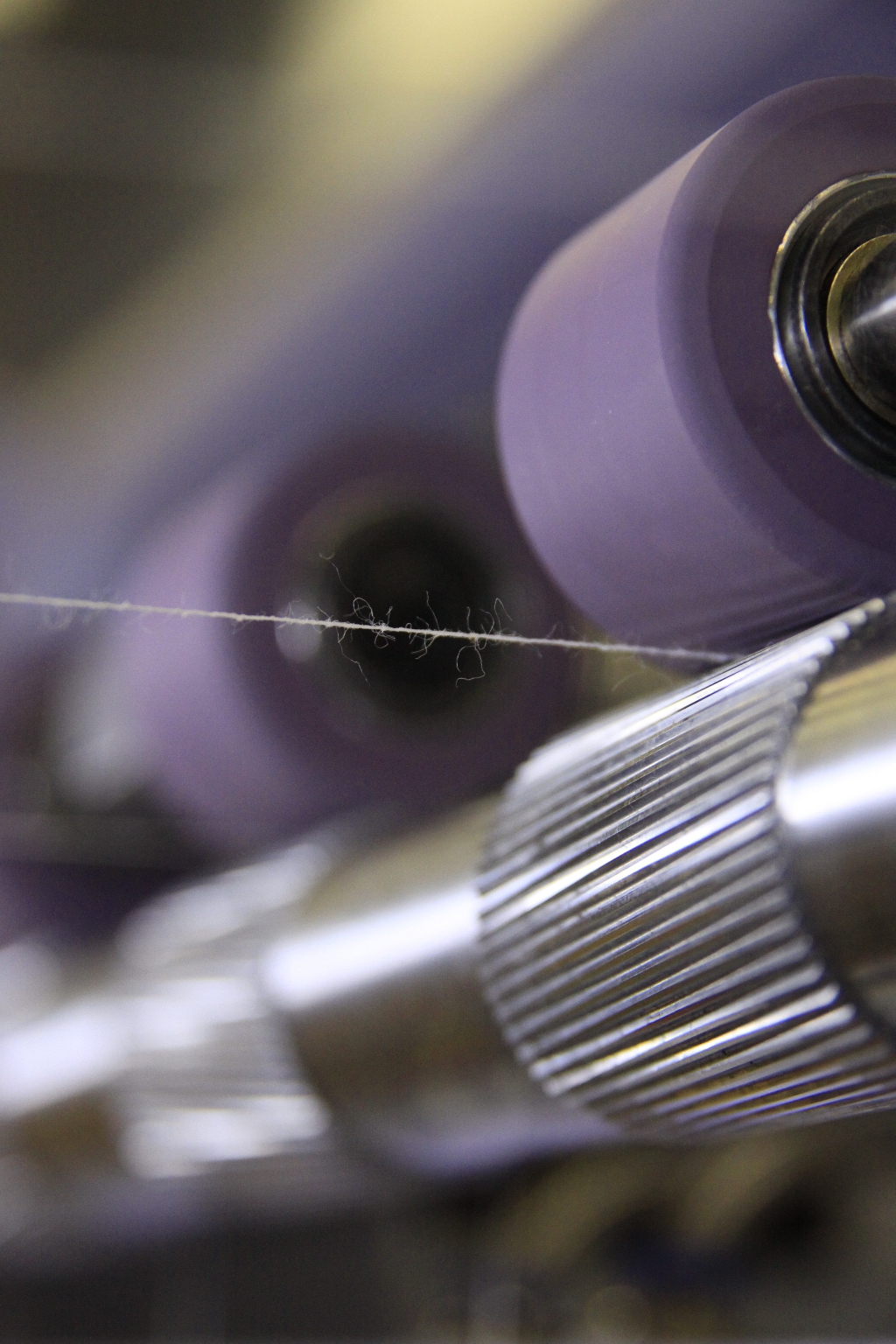
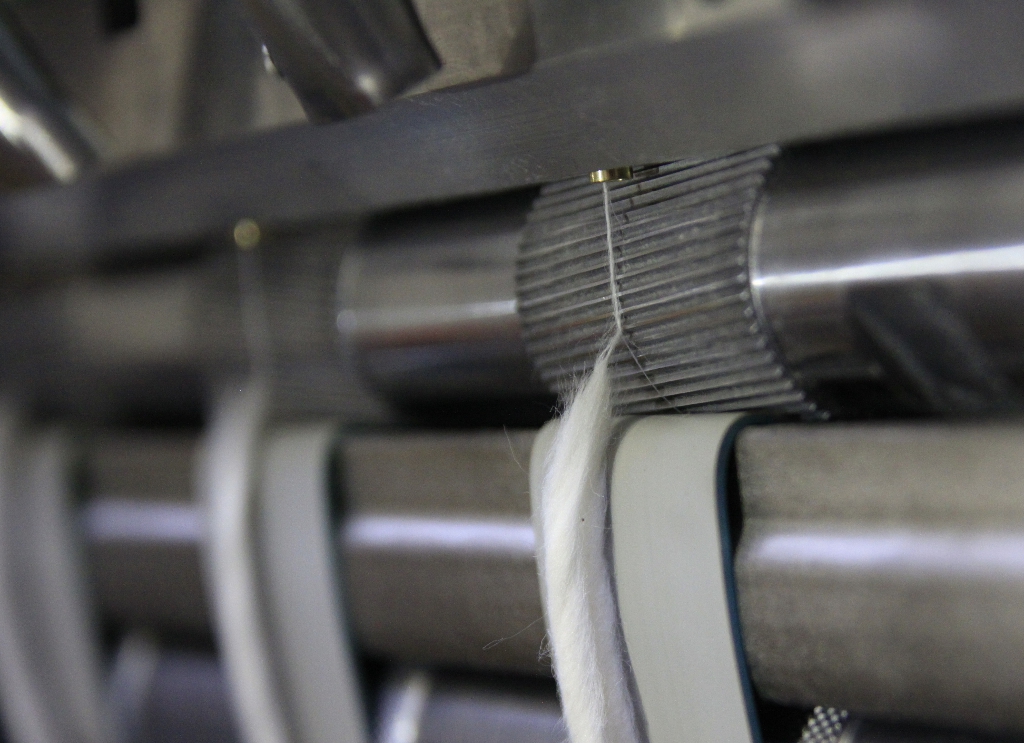
Reinventing the process
The textile manufacturing process begins with spinning – one of the oldest crafts ever performed by humans – where a mass of fibers of finite length are formed into a continuous yarn. The process begins with the fibers being cleaned, blended and carded, after which they are drawn out and twisted. Finally, the yarn is wound on a spool and passed on for further processing.
At the knitting machine, yarn is unwound from numerous spools and fed into the machine in parallel. Subsequent steps perform mechanical and chemical processing, and then the finished material is ready for the tailor. "Our initial idea was to bring yarn production closer to the knitting machine," explains Michael Lau, who has been doing R&D for Terrot since completing his degree in textile machine manufacturing. "It's not often you get the opportunity to completely reinvent one of the world's oldest technologies. But with Corizon, that's exactly what we did."
The Corizon yarn consists of a core filament wrapped with a bundle of cotton or synthetic fiber known as a roving – an intermediate product of the spinning process. Although it looks like a thick yarn, roving has not yet been fully drawn out, so it is easily torn and must be unwound very gently from the spool. In a multi-stage continuous process, the fiber is twisted around the core filament at a defined tension. "It wouldn't be possible to wind the yarn on a spool in this form," explains Mutschler. "So, already during the knitting process, Corizon lends a unique feel to the final product."
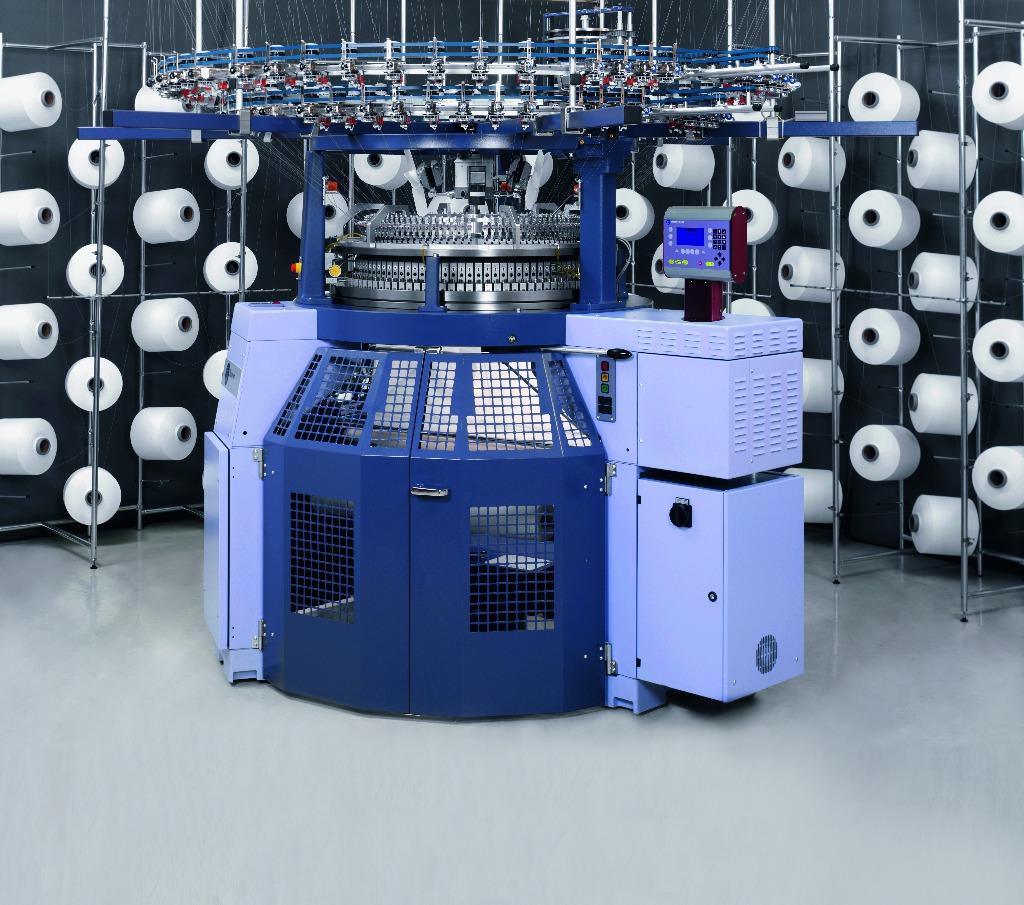
Precise synchronization is key
A central requirement for the Corizon process is the precise synchronization of approximately 100 individual spools as they are fed from the spinning to the knitting process. Each individual spinning system must produce the exact same quantity throughout the continuous process. This is ensured using multiple mechanically decoupled servo drives, whose gear ratios can be defined freely on the HMI. The servo technology must regulate the speeds with absolute precision, because any deviation would cause defects in the final product. "We had suspected for some time that a moiré pattern that was affecting product quality was related to the technology we were using," reveals Lau. It wasn't until during development of the new process and machine that it became clear that insufficient control technology was to blame.
Textile machinery is frequently operated in locations that are subject to power outages. In the event of an uncontrolled stop, many strands of yarn could break and cause material defects. In the worst case, this could mean 4 to 5 hours of costly downtime until all the strands have been replaced and the machine is back up and running. The drive technology must therefore be designed to shut down and start up safely no matter what.
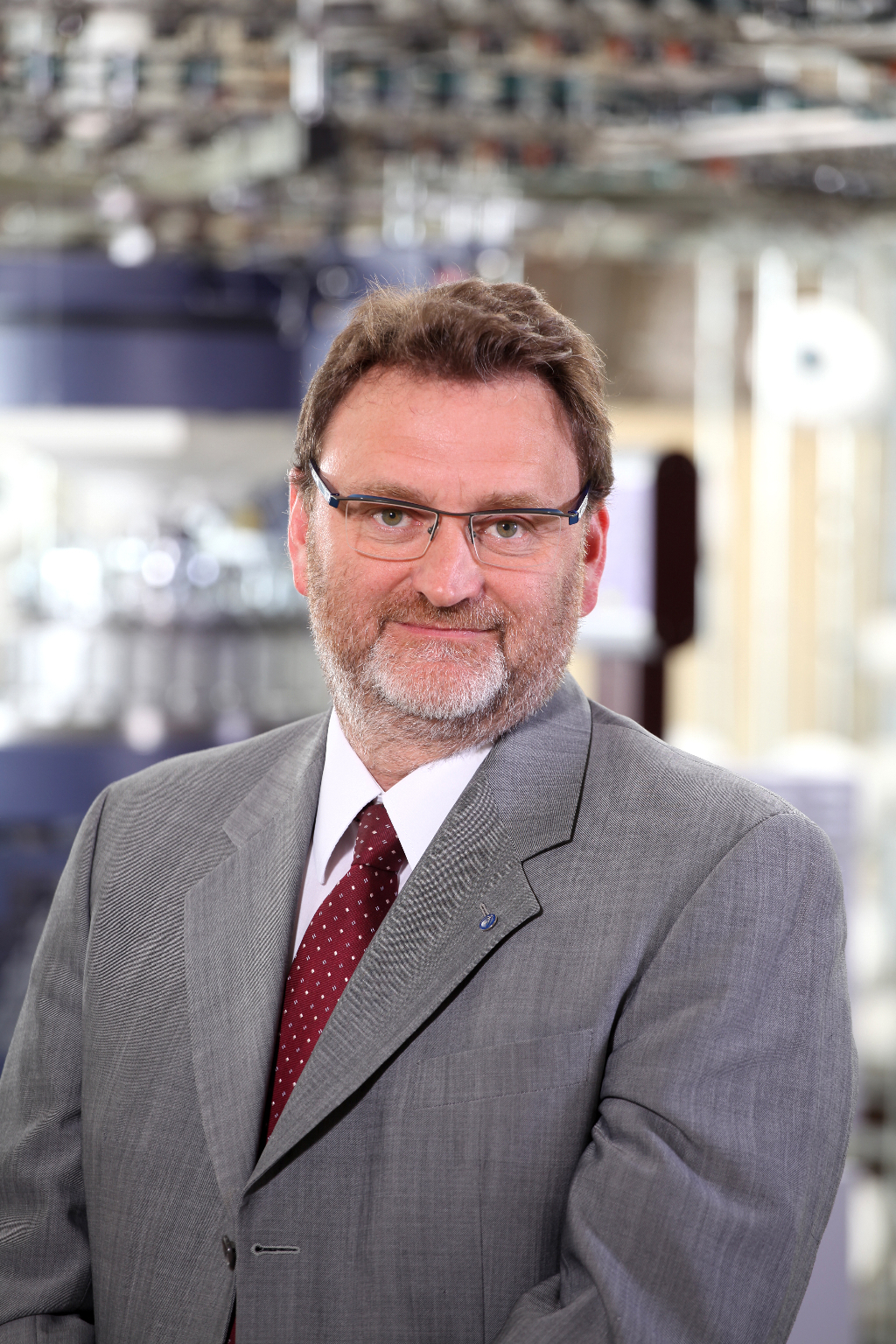
"We're going to revolutionize textile production with Corizon. This technology relies on precise synchronization of all the yarn feeds. POWERLINK communication and B&R drive technology give us the performance we need." Thomas Mutschler, Managing Partner, Terrot
Sophistication comes standard
"The team from B&R's Leipzig office identified the cause of the problem and presented a solution right there at our first meeting," recalls Lau. "It was like something out of a fairy tale. We didn't really believe it until we received their testing equipment – only 3 weeks later – and saw the quality with our own eyes." The automation solution features B&R's ACOPOS drive system and the Ethernet POWERLINK protocol, both of which support microsecond synchronization as a standard feature. Both the hardware and software are standard products, including the electro-mechanical buffer axis, on which a 3-kilogram flywheel is moved by a servo motor at over 6,000 revolutions per minute. In the event of a power failure, the rotational energy stored there generates sufficient electrical energy to bring the machine to a controlled stop. Yarn breakage due to power failure is a thing of the past.
This drive design allows the yarn parameters to be fine-tuned with great precision during operation. These include the feed quantity of the yarn, the fineness of the Corizon yarn and the tension of the core filament. These parameters are set on the operator panel and can be modified without interrupting production or making any mechanical adjustments. This allows knitting machine operators to experiment with the finished product in real time or produce exclusive designs in small batches.

